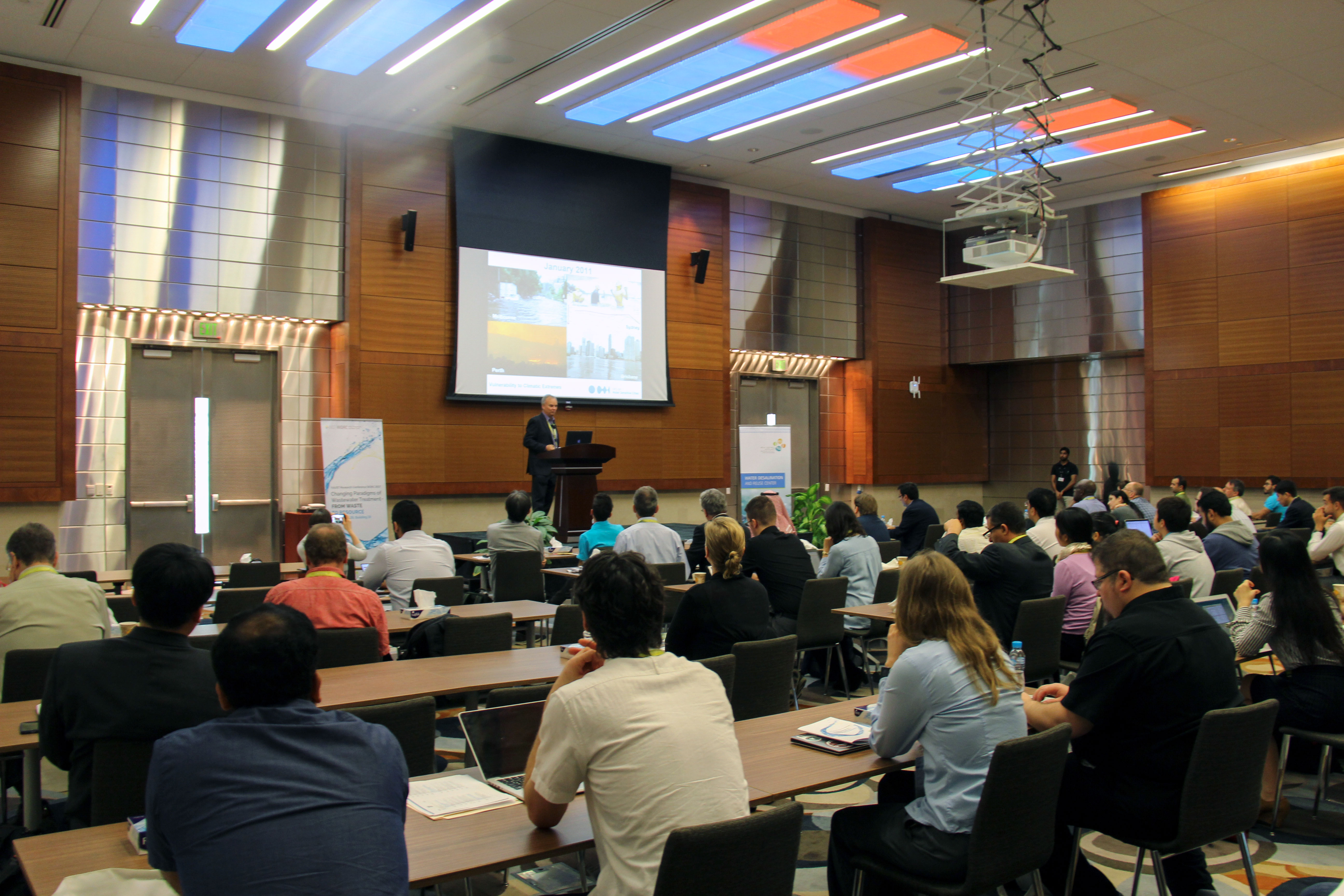At the forefront of programming models

Attendees at the University's second hackathon and third NVIDIA workshop listened to lectures from a variety of international experts and brought their scientific applications to port to a GPU accelerator. Photo courtesy of Saber Feki.
The University’s Supercomputing Laboratory (KSL), in collaboration with NVIDIA, hosted the third KAUST-NVIDIA workshop entitled “Accelerating Scientific Applications Using GPUs” on February 23. The workshop was held in conjunction with the second KAUST "hackathon" on February 24 and 25 and provided an overview of graphics processing unit (GPU) architecture and high-level programming models while focusing on scientific applications ported to GPUs.
KAUST was granted the status of NVIDIA Research Center a few years ago and has since had a strong collaboration with NVIDIA, especially through the University’s Extreme Computing Research Center (ECRC).
This year’s event gathered participants from KAUST and throughout the Kingdom, including industry participants from Saudi Aramco, the Saudi Basic Industries Corporation (SABIC) and Naizak, as well as academics from King Abdulaziz City for Science and Technology (KACST), King Abdulaziz University, Umm Al-Qura University, King Fahd University of Petroleum and Minerals (KFUPM), the Saudi Electronic University and Effat University.
The power of computer architecture
Professor David Keyes, director of the ECRC, opened this year’s event, which included keynote lectures, research highlights and findings, technical sessions and demonstrations and an overview of NVIDIA and its collaborators' efforts in porting scientific and engineering applications to GPUs. In his talk “Preparing for the Grand Convergence,” Keyes quoted Winston Churchill on architecture: “We shape our buildings and afterwards our buildings shape us,” and noted that one generation of programmers needs to adapt their algorithms and software to many generations of computer architecture.Ten participants making up five teams attended the hackathon and brought their scientific applications to port to a GPU accelerator. Two teams of two participants on two different codes from the University’s Clean Combustion Research Center (CCRC) won the event, and at the end of the hackathon, every team was running on GPUs. Some of the teams reported significant performance acceleration on the GPUs.
Workshop co-chair Dr. Saber Feki, a computational scientist in the KSL, described the event as “essentially a bring-your-code kind of event, where different teams brought their codes originally running on traditional CPUs to port and accelerate on GPUs with the help of expert mentors from KSL, ECRC and NVIDIA.”
A success in many different ways
The main takeaway from this year’s event was the continued role KAUST plays at the forefront of the creation and development of programming models for GPUs as an active member of OpenACC.This creativity and enterprise was evident at the hackathon, which resulted in an impressive amount of KAUST-driven real applications and acceleration opportunities on GPUs. This was made possible with the support of KSL, ECRC and NVIDIA experts.
Feki described this year’s event as “a success in many different ways—attendance was high at around 87 registered participants and featured quite a diverse selection of participants from the different KAUST divisions. We are getting more and more interest from KAUST researchers and from the Kingdom in general both from academia and industry. The workshop and hackathon will become more important as we prepare the next generations of power-efficient supercomputers at KAUST that may include GPUs in the future.”

